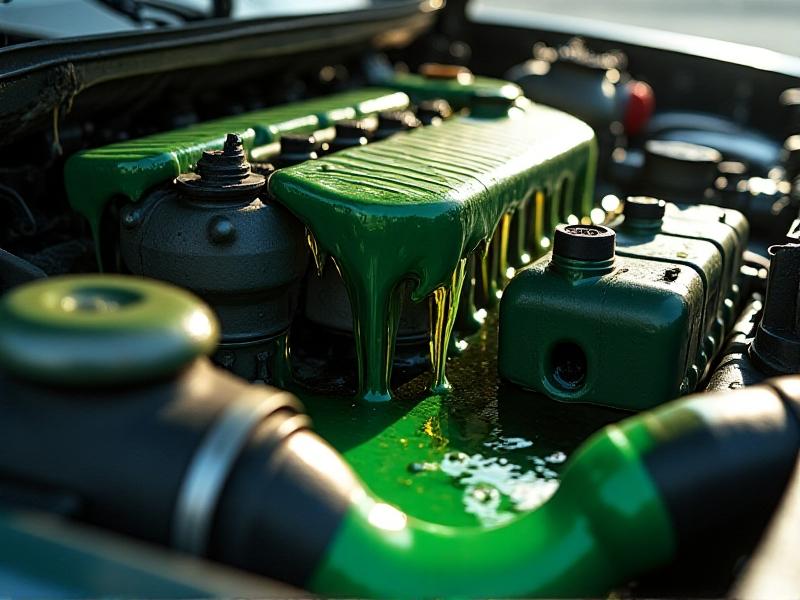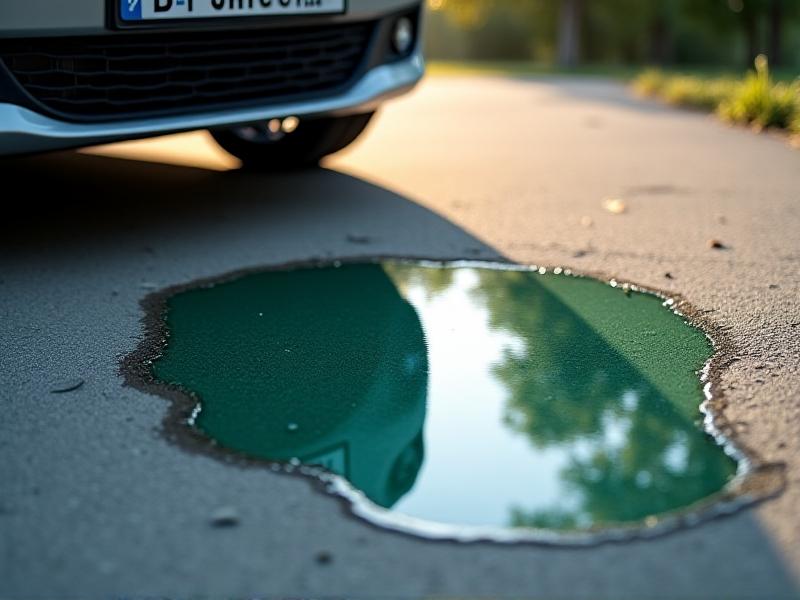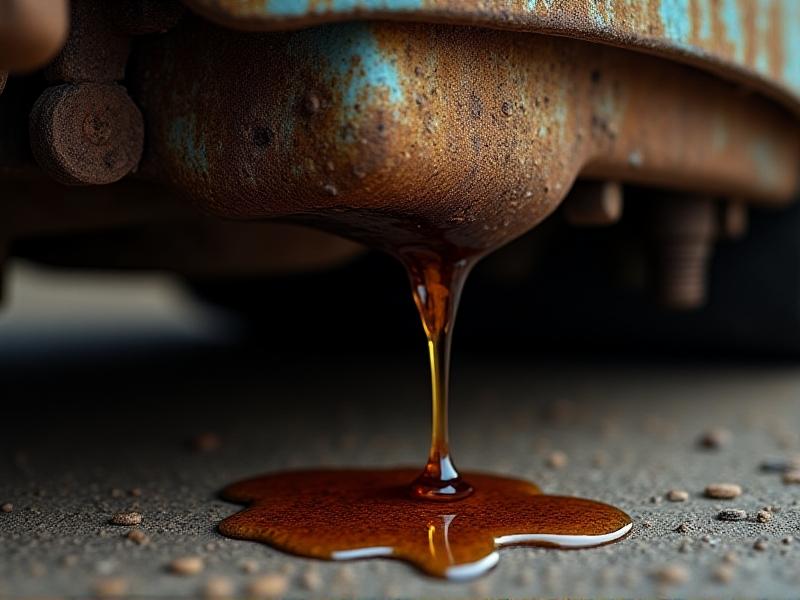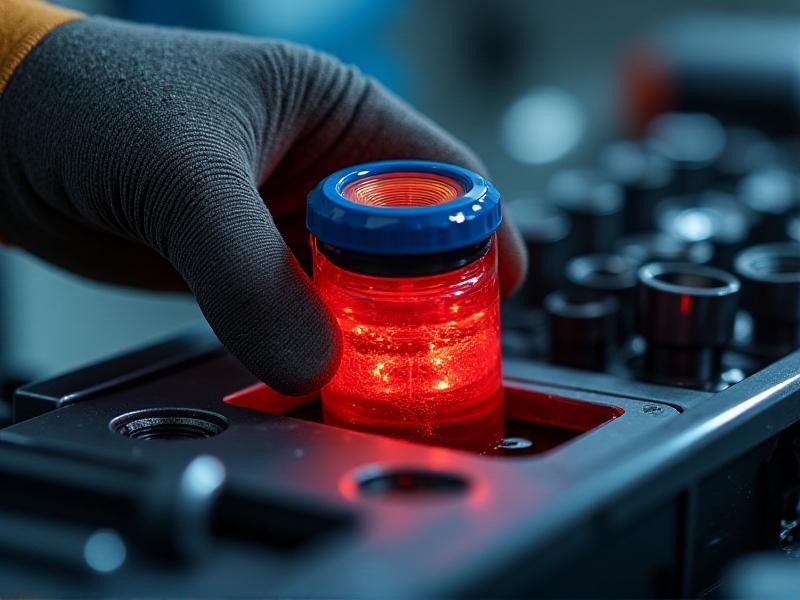```html
The Importance of Color in Leak Detection
When it comes to diagnosing automotive leaks, color is your first clue. Fluids in your vehicle are dyed or naturally colored to serve specific purposes, making identification easier. A fresh puddle under your car might seem alarming, but its hue can reveal whether it’s harmless condensation or a critical failure. For instance, coolant is often bright green, yellow, or pink, while transmission fluid tends to be red. Understanding these color codes helps prioritize repairs—saving time, money, and potential damage.

Clear or Light-Colored Fluids: Coolant vs. Condensation
Clear or lightly tinted fluids are among the most common—and confusing—leaks. Fresh coolant, for example, can appear nearly transparent in some modern vehicles, though it’s often dyed for easy identification. If you spot a clear, sweet-smelling liquid under the front of your car, it’s likely coolant escaping from a damaged radiator hose or a failing water pump. In contrast, water pooling under the cabin area is usually condensation from the air conditioning system, especially on humid days. To differentiate, touch the fluid: coolant feels slippery, while condensation is water-like. Ignoring coolant leaks risks engine overheating, so address them promptly.

Amber or Brown Fluids: Engine Oil Leaks
Engine oil leaks are often betrayed by amber or brown droplets. Fresh oil has a honey-like amber hue but darkens as it collects dirt and debris. Common leak sources include worn valve cover gaskets, cracked oil pans, or loose drain plugs. If you notice brown stains beneath the engine or a burning smell after driving, oil may be dripping onto hot exhaust components. Regularly check your oil level and inspect for crusty residue around gaskets. While minor leaks can be managed with sealants, persistent issues often require part replacements to prevent engine damage.

Red or Pink Fluids: Transmission and Power Steering Issues
Bright red or pink fluids typically point to transmission or power steering systems. Transmission fluid is slick and red when new, turning darker with age. A leak near the front or middle of your car might stem from a damaged transmission pan or worn seals. Similarly, power steering fluid—often red or pink—can leak from hoses or the steering rack. Both leaks compromise vehicle control and require immediate attention. A whining noise when turning the steering wheel or difficulty shifting gears are telltale signs of low fluid levels caused by these leaks.

Green, Yellow, or Blue Fluids: Antifreeze and Windshield Washer Fluid
Vibrantly colored fluids like green, yellow, or blue are usually coolant or windshield washer fluid. Antifreeze leaks often occur near the radiator, water pump, or hoses and have a distinct sweet odor. Washer fluid, typically blue, leaks from cracked reservoirs or disconnected hoses, especially after winter freezes. While washer fluid leaks aren’t urgent, antifreeze leaks demand swift action—ethylene glycol is toxic and environmentally harmful. Use a UV dye kit to trace coolant leaks accurately.
Dark Brown or Black Fluids: Brake Fluid and Old Engine Oil
Dark brown or black fluids often signal old engine oil or brake fluid. Brake fluid starts clear but darkens as it absorbs moisture, turning murky brown. Leaks near wheels or the master cylinder indicate failing brake lines or calipers. Soft brake pedals or illuminated warning lights often accompany these leaks. Old engine oil, thickened by heat and debris, can also appear nearly black. Both scenarios are severe: brake leaks endanger safety, while neglected oil leaks risk engine seizure.
Milky or Foamy Fluids: Oil Contamination and Coolant Mixing
Milky, frothy fluid on the oil cap or dipstick indicates coolant mixing with oil—a sign of a blown head gasket or cracked engine block. This contamination, often called a "milkshake," reduces lubrication and can destroy bearings. Coolant entering the oil pan creates a sludgy texture, while oil in the coolant reservoir causes discoloration. Overheating or white exhaust smoke often accompanies this issue. Immediate professional repair is critical to prevent engine replacement costs.
Location-Based Leak Identification: Under the Hood vs. Under the Car
Pinpointing a leak’s location narrows down potential culprits. Under-hood leaks often involve coolant, power steering fluid, or engine oil. Check around the radiator, hoses, and engine block. Under-car leaks might stem from transmission fluid, differential oil, or fuel lines. Rear leaks could indicate differential or brake fluid issues. Use cardboard under the car overnight to capture drips and note their position. Front-center leaks often relate to the engine, while rear leaks point to the fuel tank or rear axle.
Tools and Techniques for Effective Leak Detection
DIY leak detection requires simple tools: UV dye, a flashlight, and absorbent pads. Add fluorescent dye to the suspected system (coolant, oil, etc.), run the engine, and use a UV light to trace the leak’s origin. Pressure testers can identify weak radiator caps or hoses. For oily residues, spray cleaner to reveal fresh leaks. Documenting the fluid’s color, location, and smell over time helps diagnose intermittent issues. Always wear gloves—many fluids are toxic.
Preventive Maintenance: Reducing the Risk of Fluid Leaks
Routine maintenance prevents most leaks. Replace gaskets and seals during scheduled services, especially in high-mileage vehicles. Use manufacturer-recommended fluids to avoid chemical incompatibilities that degrade seals. Inspect hoses and clamps for brittleness or cracks biannually. In winter, ensure coolant mixtures are frost-resistant to prevent expansion cracks. Simple habits, like avoiding over-tightening drain plugs, extend component life and prevent leaks.
When to Call a Professional: Recognizing Complex Leak Scenarios
While many leaks are DIY-friendly, some require expertise. Leaks near electrical components, like transmission control modules, risk short circuits. Internal engine leaks, such as rear main seal failures, demand specialized tools and disassembly. If multiple fluids are mixing—like oil in coolant—the problem may involve expensive engine repairs. Persistent leaks after part replacements suggest underlying issues best diagnosed with professional equipment. Don’t gamble with complex leaks; timely expert intervention saves long-term costs.



